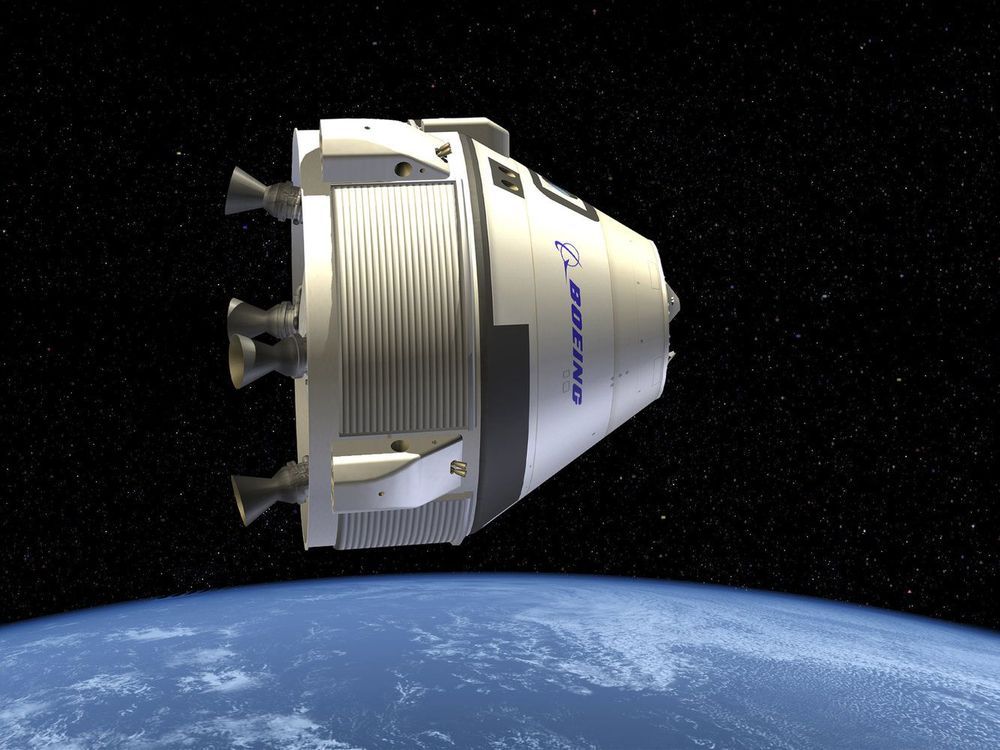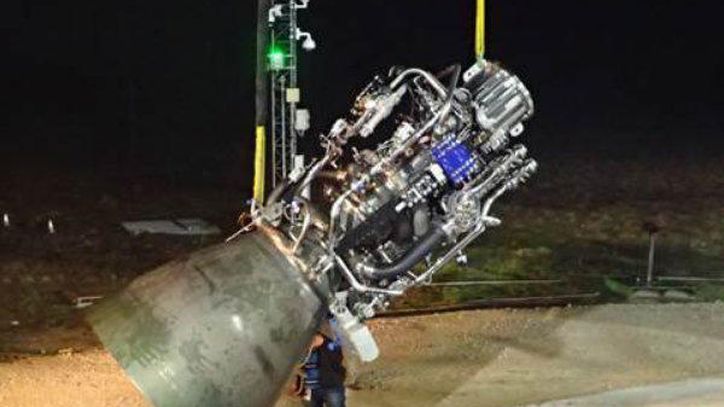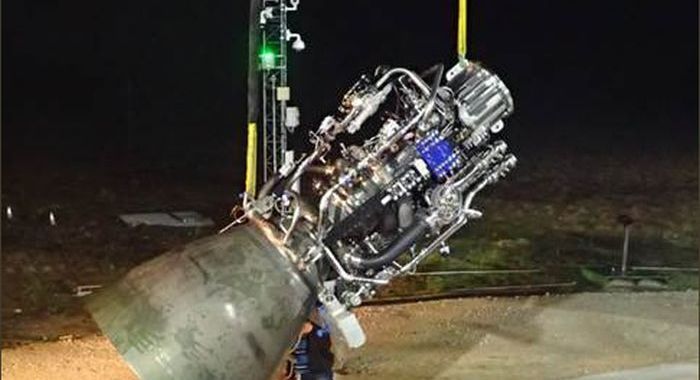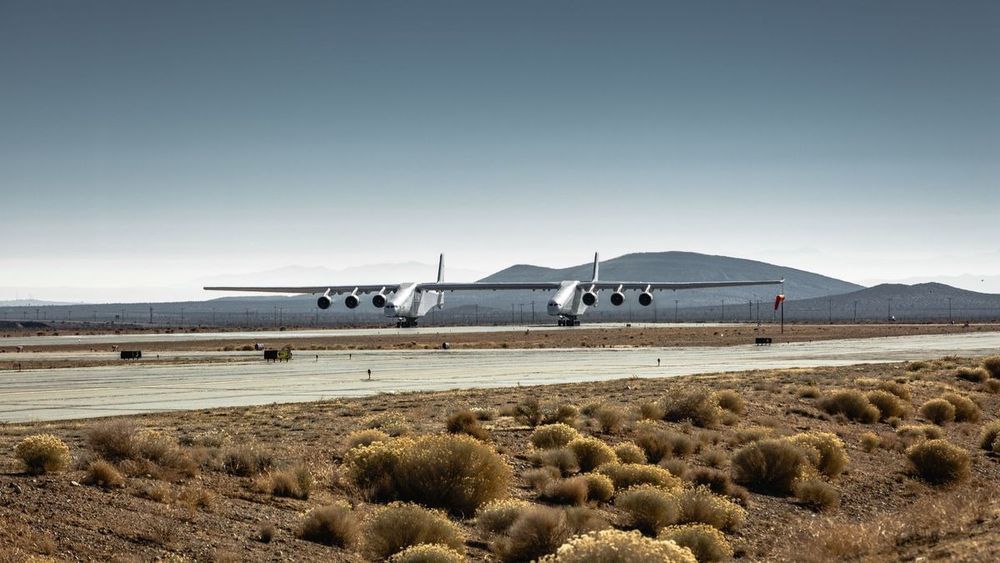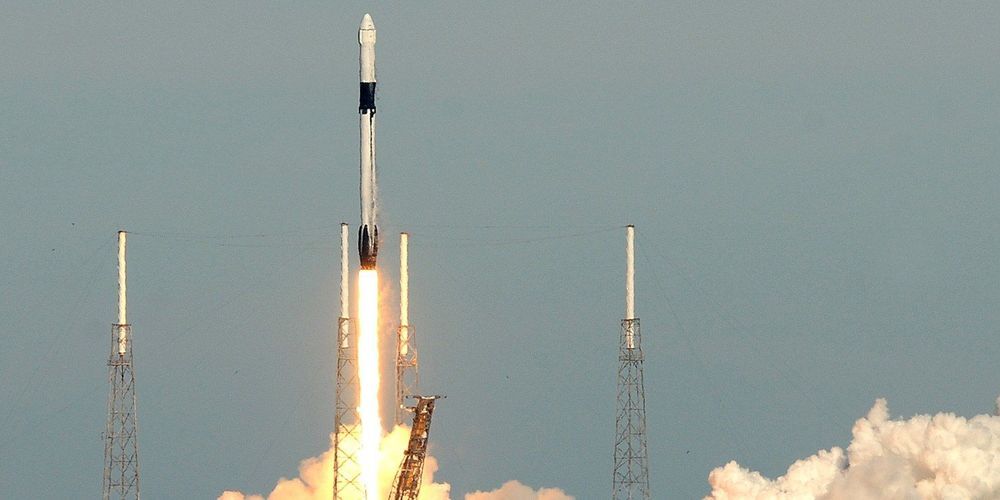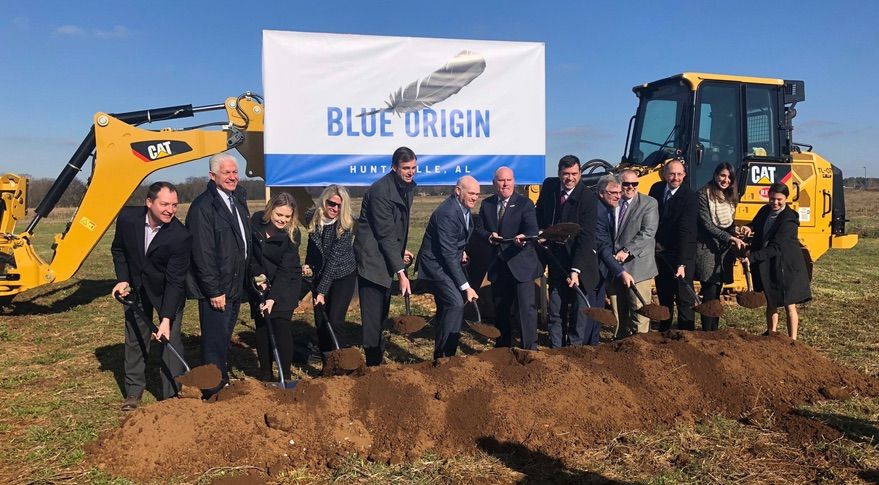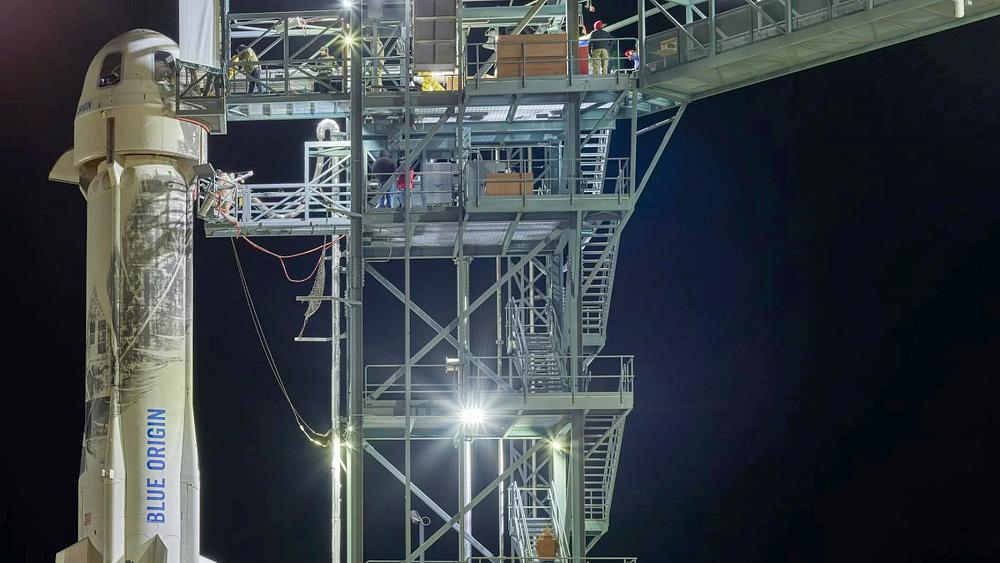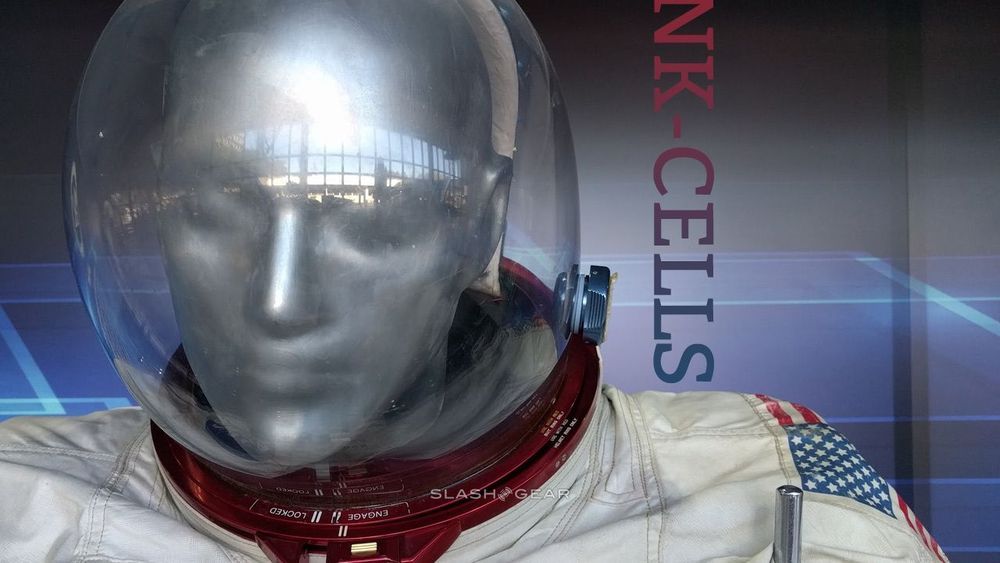WASHINGTON — Boeing is on track to launch its new astronaut taxi to the International Space Station (ISS) next month.
Along with SpaceX, the private spaceflight company was contracted by NASA to begin launching astronauts from U.S. soil again for the first time since the space shuttle program ended in 2011. Boeing’s CST-100 Starliner won’t be taking any astronauts along for its first flight to the ISS, however. After docking robotically with the orbiting lab, it will return to Earth for a parachute landing in Texas.
If this test flight goes according to plan, Boeing will be ready to launch its first crew of astronauts to the space station in August, Boeing spokesperson Maribeth Davis told Space.com during a presentation of Boeing’s future vision for space travel here. [How Boeing’s Commercial CST-100 Starliner Spacecraft Works].
